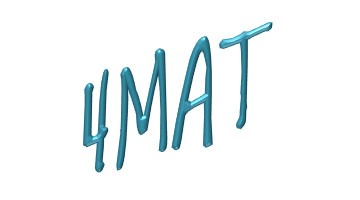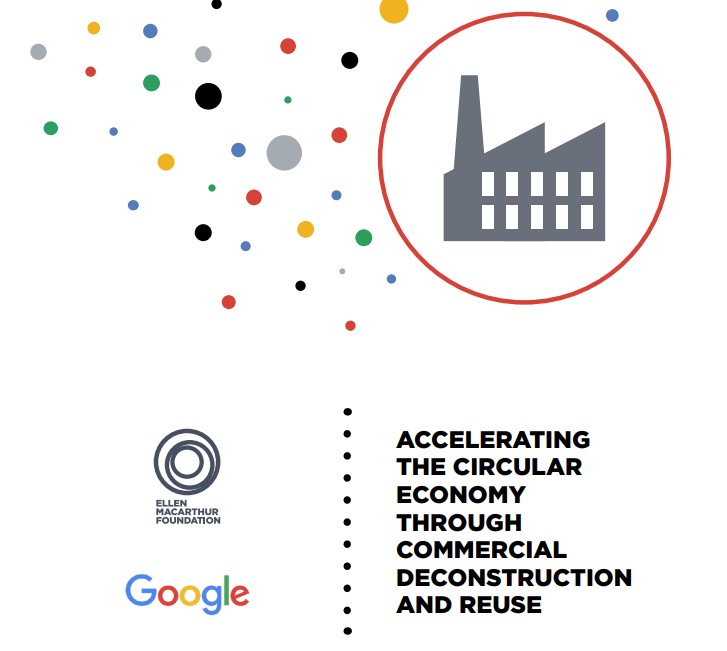In thinking about the quality of our communication, making sure we cover 4 key learning questions can make a big difference. Reflecting on mainstream sustainability messages, many of them are really heavy on the “Why?” question (potential ecological catastrophe) and have limited “What?”, “How” or “What Else?” content. Sustainability practitioners can increase their effectiveness by understanding the basic learning styles and how to present their content…
Learning styles for better communication…
In a public speaking course I did years ago, the trainer introduced the 4MAT learning styles model. Essentially, it suggested that different people like to learn differently, and that your best option for maximum cover is the following sequence:
- Why? Imaginative learners need to connect what they’re hearing with prior knowledge and experience. Connect what you’re communicating with their personal meaning system.
- What? Analytic learners want to know the underlying theory and the authorities behind it. Give them information about the facts as experts see them.
- How? Pragmatic learners want to jump in – to get hands on and learn in the doing. Answer the question “How does this work (specifically)?”
- What Else? Dynamic learners learn by doing, and then explore what else they can do with what they’ve learned. Answer the question “What can this become?”
So if your message isn’t getting through, maybe there’s a gap? Particularly in group situations, are you answering all four questions – or is there some key information missing? If so, you could well be losing part of your audience along the way.
Who are you talking to and what’s their preference? In individual conversations, check out your receiver’s style. Touch on all 4 styles and see what they respond to. If they’re a “What?” person, focus on . If you’re sending “Why?” or “What Else?” when they’re a jump-in-and-do-it “How?” person, you may not get great results.
4MAT for powerful sustainability messaging…
In my assessment, many sustainability advocates don’t make it past the “Why?” message. They have lots of reasons about present and developing ecological problems – and that’s about it.
I don’t often hear a specific “What to do” message (apart from “stop what you’re doing now”). They can’t describe what to do instead; how to go about doing it; or what else might be possible. Where there is a “What/How” message, it is often limited to “efficiency” inside the current paradigm, which may not hold great opportunities for many in their audience.
If you want better results, then balance your message…
Make sure you’ve covered “Why?”, “What?”, “How?” and “What Else?” – and in that sequence. If you don’t have good answers for “What?”, “How?” or “What Else?” then get some.
Find out who’s getting big shifts and find out what they’re doing and how they’re doing it. For example, if you want a better industrial system, then find out who’s doing big, profitable reductions and study them. Don’t forget to go the next step – also find out what else they’re planning or doing. Then craft a message to reach your target audience.
Our suggested starting point for people in manufacturing is Ray Anderson’s book “Business Lessons from a Radical Industrialist“. If you have an executive audience that wants “What?” and “What Else?” without too much “How?” then my “Deep Green Profit Handbook” might suit your needs.
Flexibility wins…
Take on the challenge “The quality of your communication is the result that you get…” Blaming your audience limits your options – big time. Studying how to communicate effectively will make you more flexible – and the person with the most flexibility is most likely to win overall – in life and in work.











